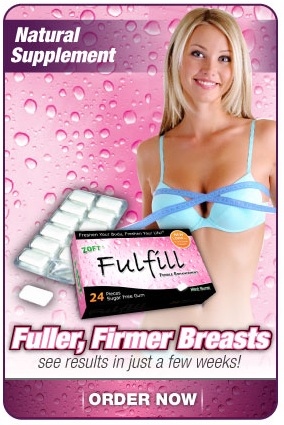Do You Know Your Breast Augmentation History?
Regardless of what you think about the advances of medicine and science, some types of breast enlarging procedures have been around for more than a century. Let’s review some of the history of breast augmentation and surgery.
There is a lot of controversy as to whether or not it is safe and just plain vanity. This is a free country and I suppose I could argue both sides but that is not the subject of this article.
The facts are that people in general struggle with issues of insecurity and the need to “fit in” and be part of a norm that is dictated by, what I would suggest is the upper echelon of society. Women are not alone in wanting bigger things. Men get big trucks, bug muscles and other big things but it just so happens that women succumb to wanting bigger breasts.
Much of today’s media does not tell a woman she is ok with her body but emphasis is placed on this beautiful girl or that beautiful girl although they may be naturally unattractive. The fact is that gravity is not a theory but a law and as we age things start to hang as gravity tries to pull things to the center of the earth. For centuries and perhaps millennia women have turned to science and medicine in their search for he fountain of youth.
If you could go back to 1889 you would find women getting paraffin injections to enhance their breasts. This is the earliest form of breast enlargement with surgery and as you can imagine it did not work well. Another form of breast enhancement was to take fat from the back and implant it in the chest but this was not successful either.
They continued to experiment with other materials from the 1890’s to the mid-1900’s. Some of the materials used in breast implants were glass balls, ox cartilage, ivory, Terylene wood, polyethylene chips, ground rubber, polyester, Silastic rubber and Teflon-silicone prostheses. Would you agree that this sounds a bit like medical malpractice? This teaches us something about the extent people will go to in order to have a different appearance. Risking their health and even life itself.
Then it was in the 1940’s and 50’s that doctors sights were set on silicone as the right material to use for breast enhancement through surgery. In fact, over 50,000 women received these injections. The injections were used to make the women’s chest wall tissue expand and add volume. An estimated 50,000 women received injections of silicone. It is a sad story, many of those women that received the silicone injections experienced a hardening of the breasts and the genesis of small nodules called silicone granulomas that were so severe mastectomies were performed to offer relief. Three decades later, the women that had these treatments are still seeking medical attention for the problems that resulted from their surgical procedure.
Today, you’ll find that implants are much safer and the number of complications, although they do exist due to surgery, has become less severe. It is not uncommon for a woman who has had breast surgery to experience complications for the first three years; things like pain, implant leaking and more surgical procedures to correct the problems. Most unfortunately, some of these complications will last the rest of the woman’s lifetime. These include pain, leaking and further surgeries in an attempt to correct the problem.
In my opinion seeking a natural way to enhance breasts would be the safest course to pursue and thankfully there are herbs that will cause the breasts to be firmer and even enlarge due to their action on estrogen and other hormones. There is a new ingredient in breast enlargement formulas called Volufiline that has shown in clinical studies to increase breast size by up to 8.4% in as little as 60 days. If you want to know more visit this link Total Curve















Leave a Comment